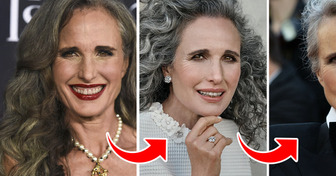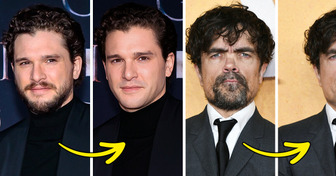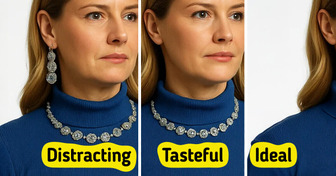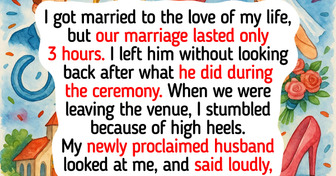14 Eerie Historical Coincidences That Are Truly Chilling
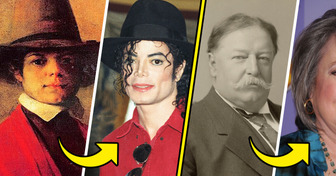
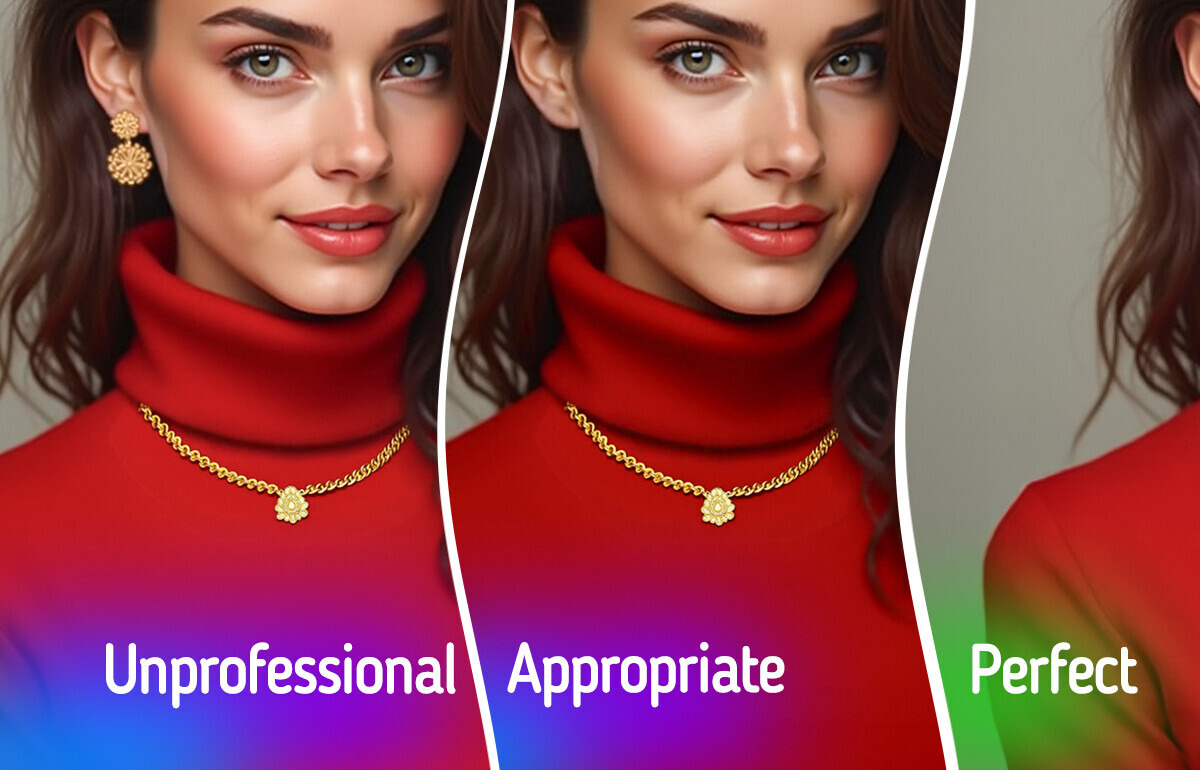
Coco Chanel once said, “Dress shabbily, and they remember the dress; dress impeccably, and they remember the woman.” Our clothing is more than fabric—it’s a reflection of identity, values, and first impressions. From a tailored suit exuding confidence to a cozy sweater radiating comfort, our wardrobe choices tell a silent story.
So, what makes an outfit truly stand out? Here are key style guidelines to refine your fashion sense and elevate your presence.
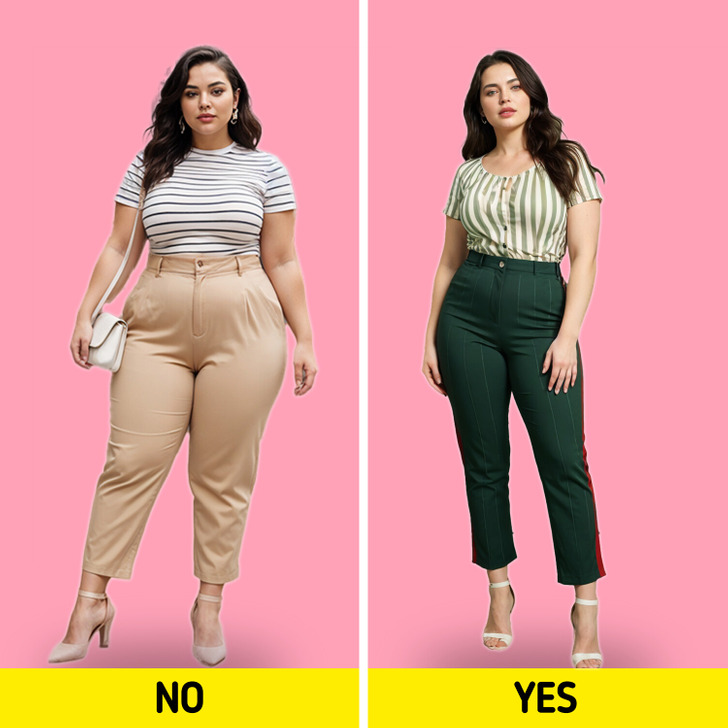
For those with shorter legs, high-waisted pants, skirts, and dresses can help elongate the silhouette. Vertical stripes further enhance this effect, whereas horizontal patterns can make legs appear shorter. Nude-colored shoes also contribute to a lengthening effect, seamlessly blending with the natural skin tone.
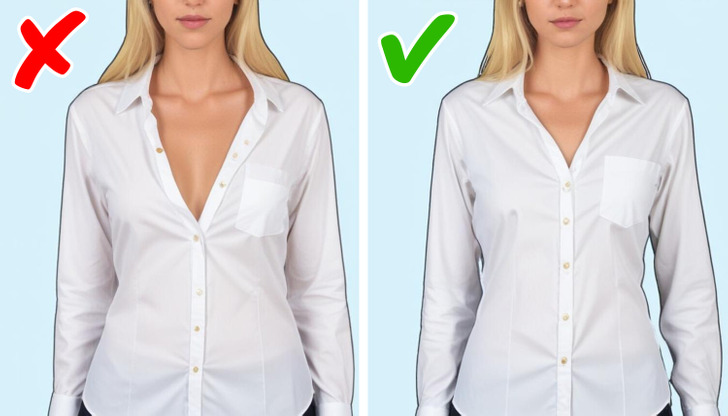
When wearing a blouse, it’s best to unbutton no more than two buttons. Anything beyond that may appear inappropriate, particularly in professional settings. Additionally, office shirts should maintain a neckline no lower than four inches from the collarbone to preserve both sophistication and professionalism.
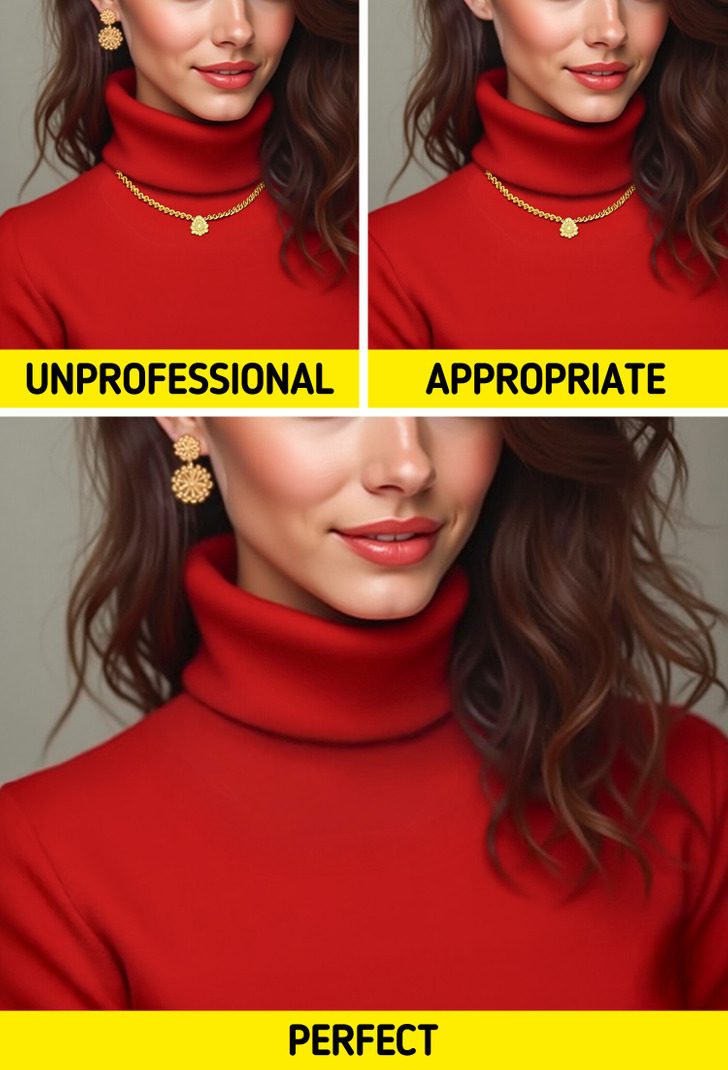
Accessories can make or break an outfit. The key is to strike a balance—too many can be overwhelming, while too few may leave an outfit feeling incomplete. Opt for classic, understated pieces for a refined touch, or select one statement piece to add flair without overpowering your ensemble.
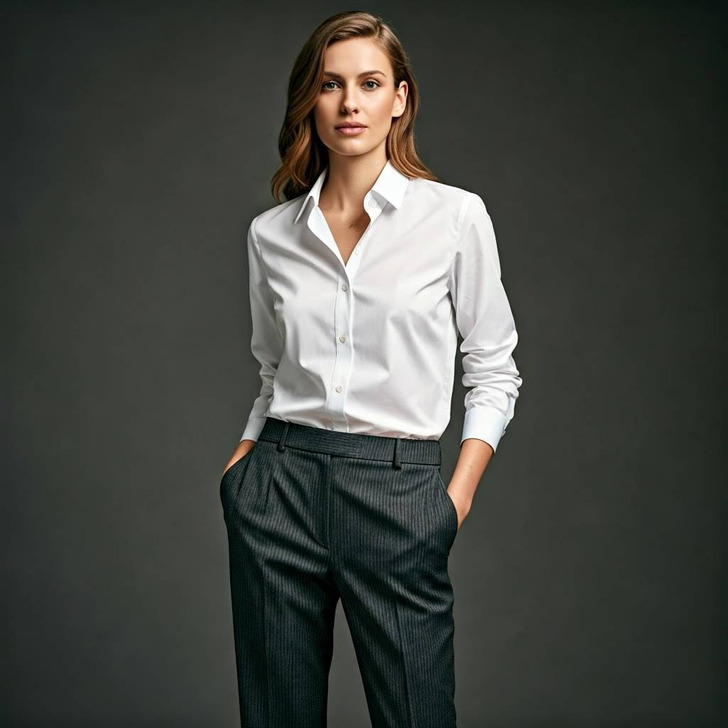
Trendy pieces come and go, but classic staples never fade. Items like a well-fitted blazer, tailored trousers, a crisp white shirt, and a little black dress are wardrobe essentials that can be dressed up or down for any occasion.
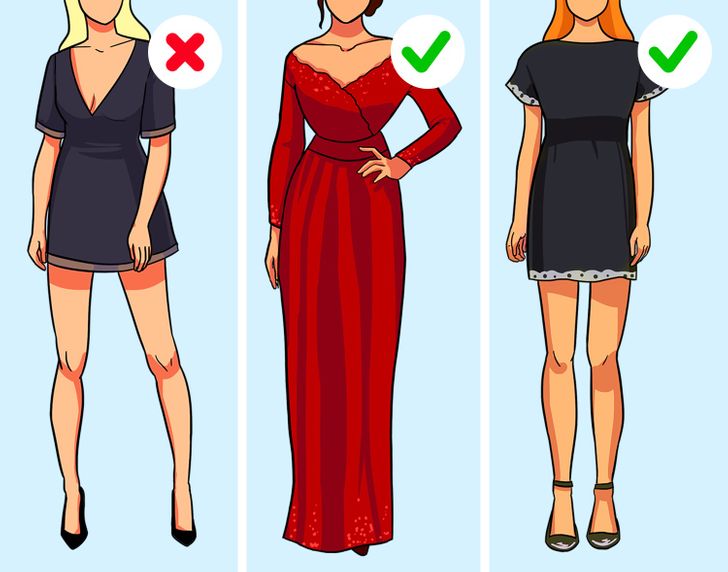
Dressing well is not just about looking good—it’s about exuding confidence and presenting the right image. Fit is paramount; clothing that is too tight or too loose fails to flatter. Furthermore, consider the occasion—a formal event demands a different approach than a casual outing.
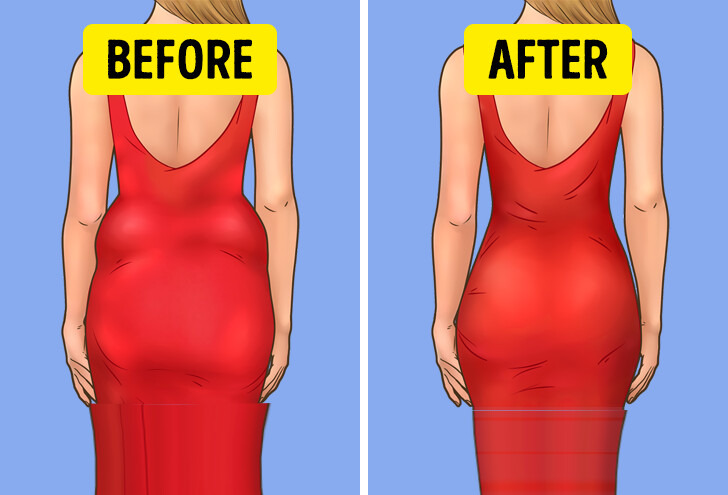
Wearing the correct size of underwear is crucial for comfort and a smooth silhouette. Undergarments that are too tight can cause unflattering bulges, while the right fit enhances the overall look and provides better ease throughout the day.
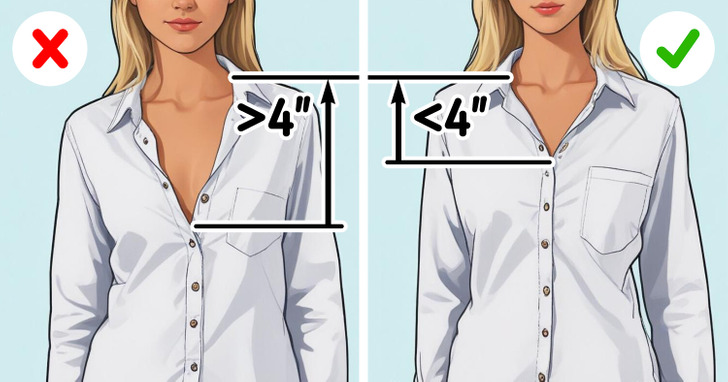
Workplace attire should always project professionalism. As a general rule, office shirt necklines should not dip more than four inches below the collarbone. A well-chosen neckline ensures an elegant and workplace-appropriate appearance without distractions.
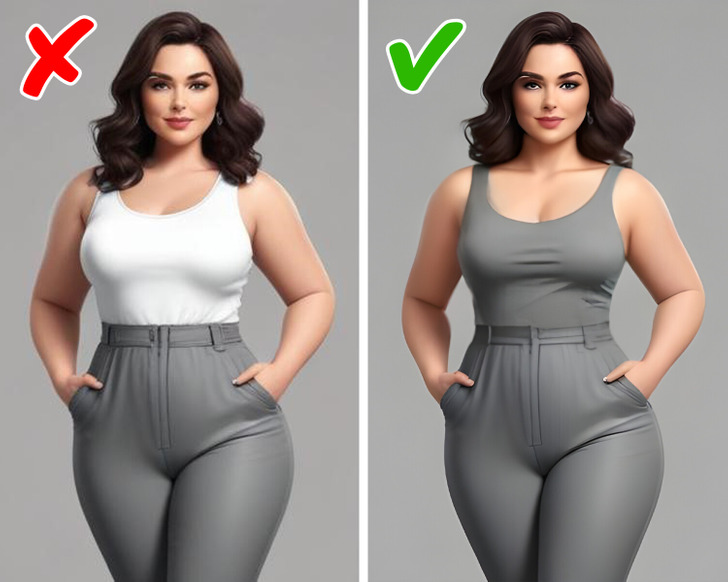
Dressing in a single color from head to toe creates a sleek, elongated silhouette. Whether in all-black, neutral tones, or bold hues, monochrome outfits exude sophistication and make a strong style statement.
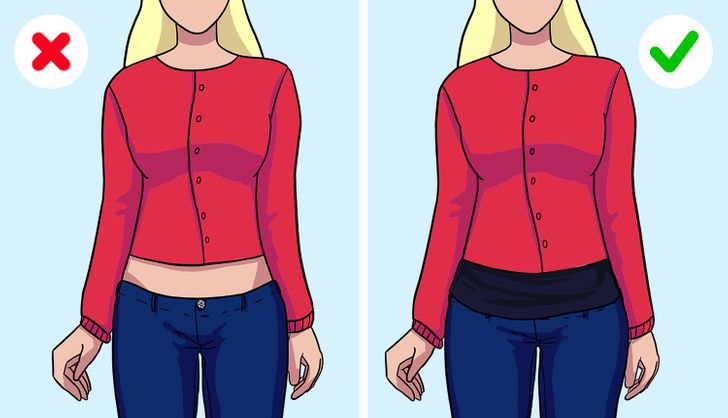
For a polished and cohesive look, avoid exposing skin between your cardigan and jeans. A visible gap can disrupt the overall aesthetic and appear unpolished. Layering with an appropriate top helps maintain a seamless and stylish outfit.
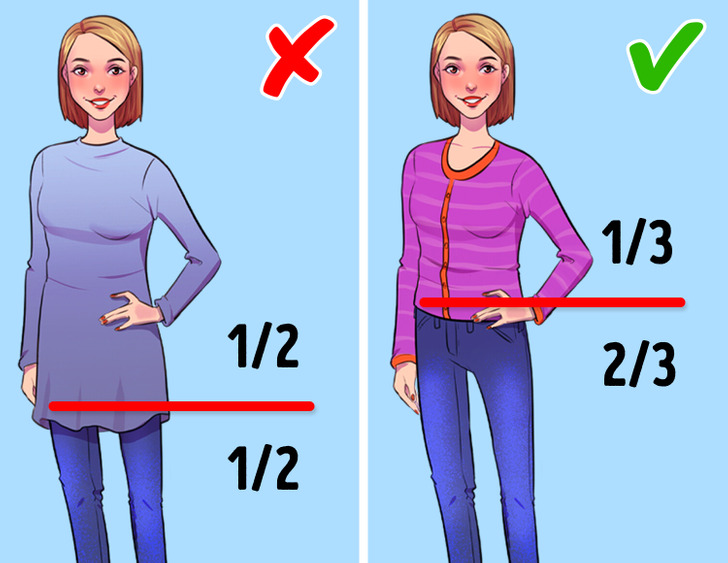
A well-balanced look can be achieved by dividing your figure into three sections. Ideally, the upper portion should make up one-third of your body’s length, while the remaining two-thirds are occupied by your trousers or skirt. This proportion enhances overall symmetry and complements your natural shape.
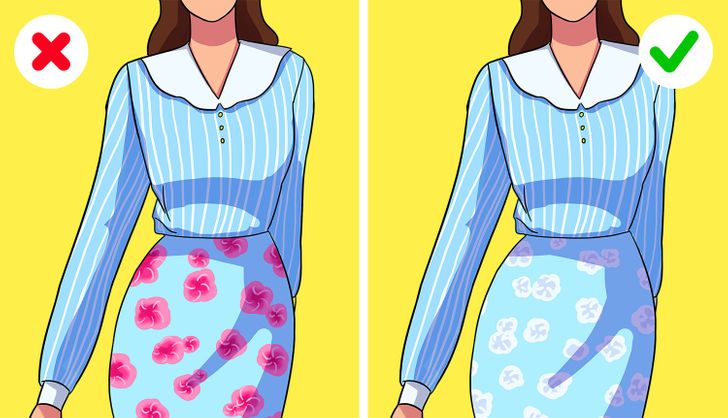
Incorporating prints into your wardrobe can be stylish, but moderation is key. Avoid excessive patterns and instead opt for two prints that share the same color palette or complementary patterns in varying sizes. This ensures a harmonious and elegant appearance rather than an overwhelming clash of designs.
Shoes can either elevate or ruin an outfit. Well-maintained, stylish shoes complete a look and enhance overall elegance. Opt for neutral-colored heels, classic sneakers, or polished loafers to complement various styles seamlessly.
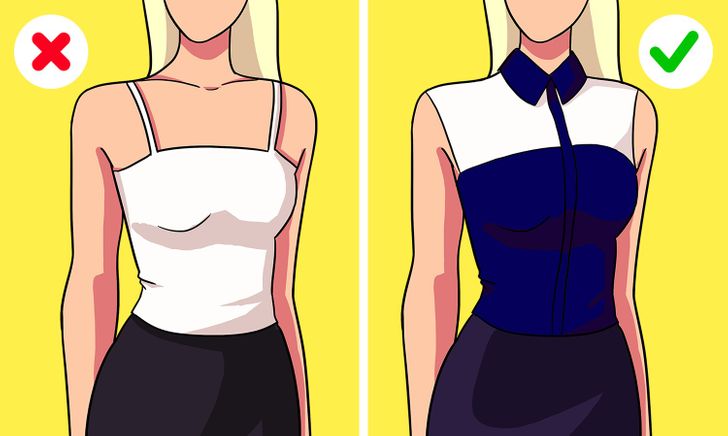
In formal office environments, sleeveless blouses should always cover the shoulders. Exposing thin straps or wearing strapless tops is generally considered inappropriate. Maintaining a polished and respectful appearance aligns with workplace dress codes and ensures an air of professionalism.
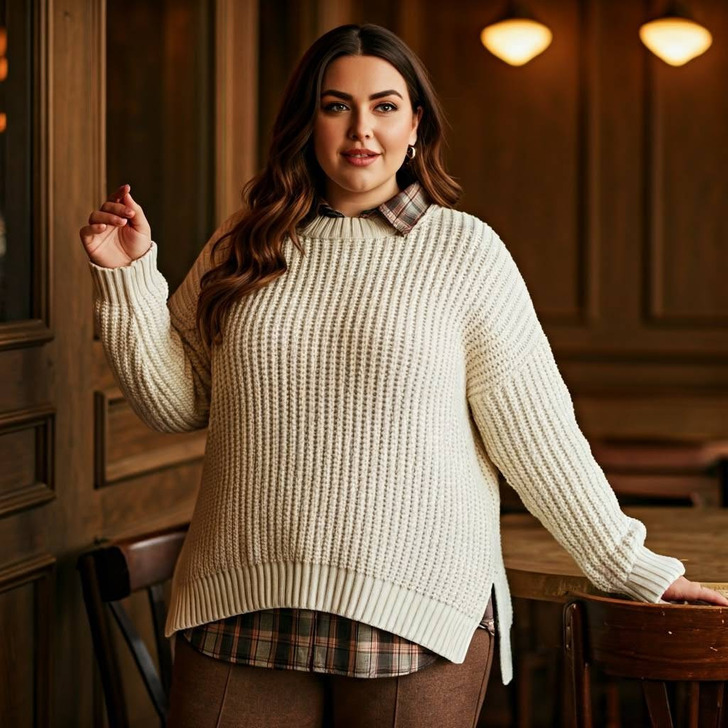
Layering adds depth and complexity to an outfit while keeping it stylish and functional. Mixing textures and fabrics—such as pairing a chunky knit sweater with a structured coat—creates a visually interesting and well-thought-out look.
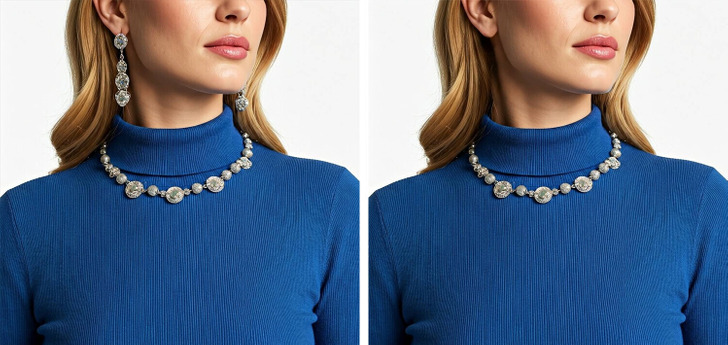
Choosing accessories that suit your frame ensures a balanced look. Petite individuals may opt for delicate jewelry, while taller individuals can confidently wear bold, oversized accessories without overwhelming their appearance.
Now that you’ve mastered these timeless fashion principles, it’s time to take a nostalgic look at past trends. Stay tuned for our next article, where we explore 10 fashion trends from the 2000s that once dominated but now leave us wondering why they were ever popular!






